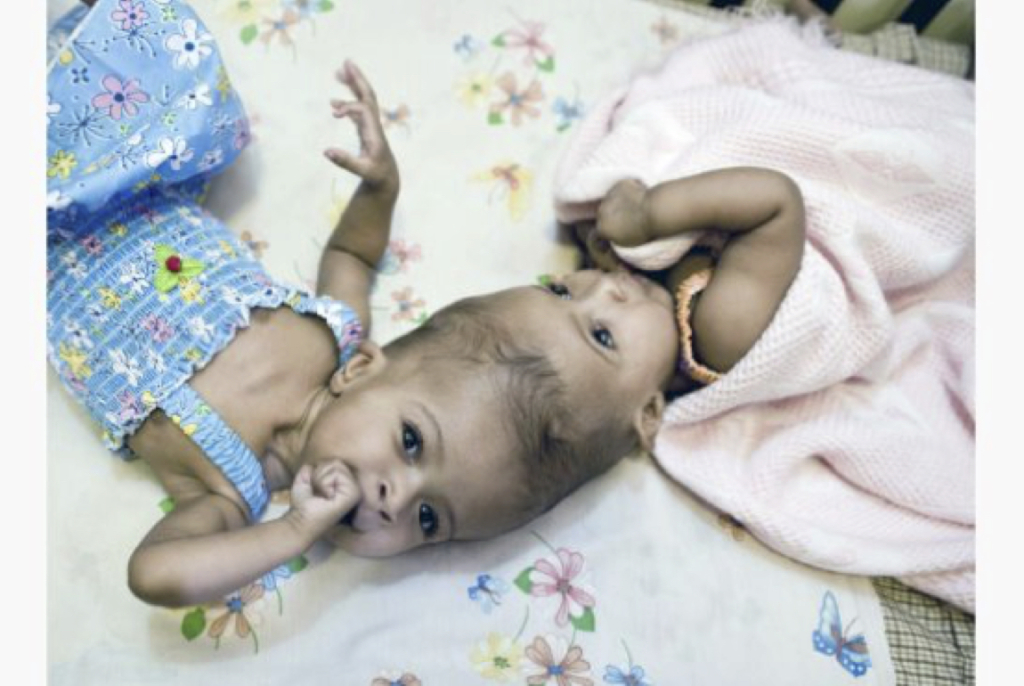Conjoined twins are very rare – only one in every 2.5 million births – and only 5% of conjoined twins are craniopagus, which means they are fused at the head. About 40% of twins fused at the head are stillborn or die during labour and a third die within 24 hours. The nature of the twins’ condition meant significant blood flowed between their brains, although, the brains themselves were separate.
Precise modelling by Dr Robin Richards of Cavendish Implants allowed the surgery to be carefully planned and the position of bony and tissue incisions to be rehearsed and practiced. The blood-flow pattern was also visualised with a form of 3D imaging that highlights the vasculature, and related to the physical situation by labelling the vessels in the printed model. The sterilisable models could be taken into the operating theatre – helping to minimise operating time and do everything possible to ensure a predictable outcome in this incredibly complicated situation.
Fortunately, the twins were successfully separated following a series of carefully planned surgical procedures that took place over a period of 4 months, and are doing very well.
Mr David Dunaway, from the plastic surgery and craniofacial unit at Great Ormond Street, was the lead clinician. The twins were brought to the UK for treatment by the charity ‘Facing the World’.
3D modelling was carried out and donated by Cavendish Implants. Cavendish Imaging was delighted to have made all the different anatomical models for Ritag and Rital prior to each of their highly successfull surgeries. Dr Robin Richards of Cavendish Implants designed and painted them. The surgical team used them to plan and rehearse what they would do later in theatre, where it is so important to keep operating time to a minimum and be sure of what needs to be done and how.
It was an amazing feeling to be involved in the twins’ separation and we wish to thank the surgical team for sharing their experience. We wish Ritag, Rital and their family a very happy future.
Cavendish Imaging supports Facing The World with free CBCT scanning, 3D Photography and the production of Anatomical Models (Medical Models), all of which are used for planning of complex surgery and post-operative assessment.



